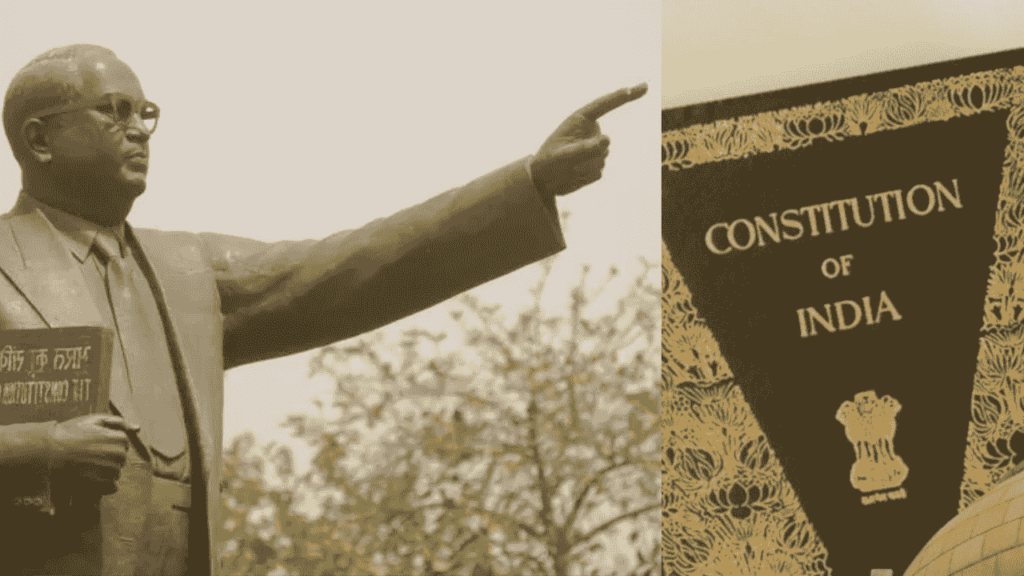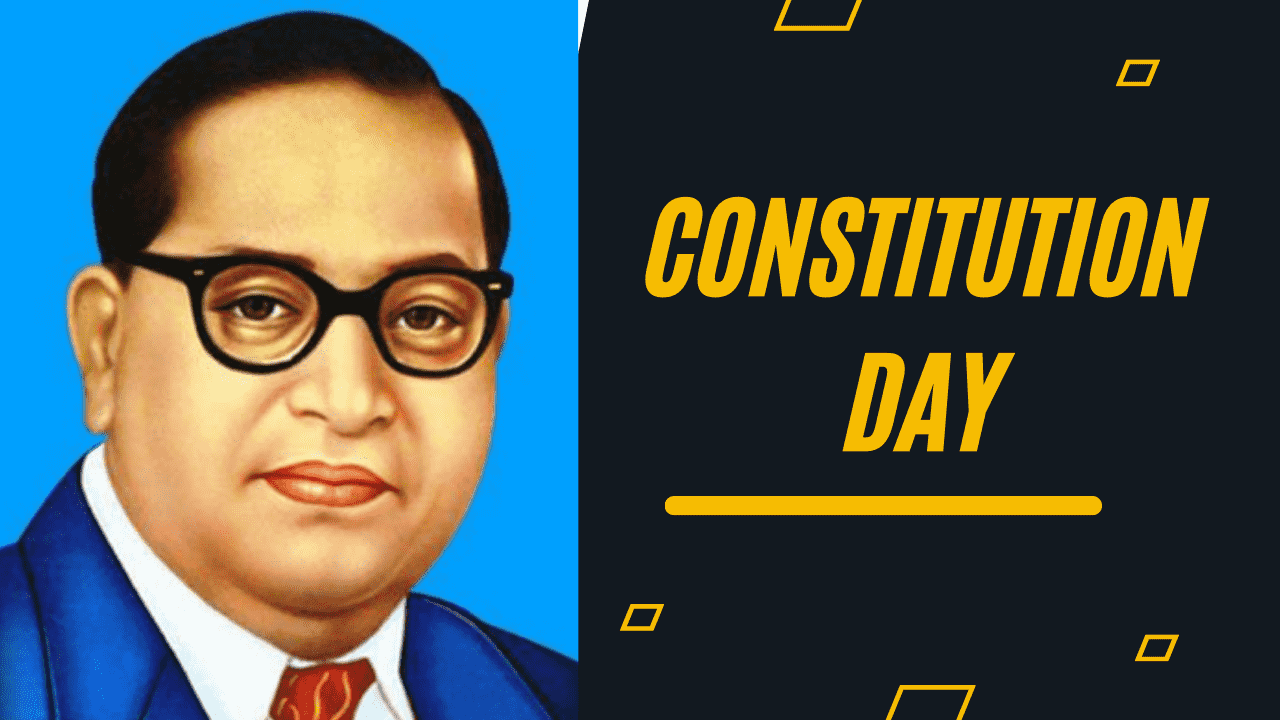India commemorates the 75th anniversary of its Constitution on November 26th, which is Constitution Day. This day serves as a reminder of the 1949 adoption of the Indian Constitution, a significant event that influenced the country’s democratic system.
Under the direction of visionary leaders like Dr. B.R. Ambedkar, the Constituent Assembly of India convened on this day in 1949 following nearly three years of deliberations. Ambedkar gave the Constitution its final form while serving as the chairman of the draughting committee. With the establishment of the Republic of India on January 26, 1950, it became operative.
In 2015, when Dr. B.R. Ambedkar, the chairman of the Constitution’s draughting committee, celebrated his 125th birthday, the Ministry of Social Justice and Empowerment of the Government of India proclaimed November 26 to be Constitution Day. This day was previously observed as Law Day.
The need for a governmental structure to guarantee justice, equality, and freedom for all citizens was brought to light by India’s fight for independence. As a result, the Government of India Act, 1935, provided the framework for Indian governance, but it was devoid of the features of an independent democratic republic.
Honouring Dr. B.R. Ambedkar and raising knowledge of constitutional values, rights, and obligations are the main goals of Constitution Day celebrations.

Justice, liberty, equality, and fraternity were guaranteed to its citizens by the Constitution, which established India as a sovereign, socialist, secular, and democratic republic. As a result, this day emphasises the value of national unity while fostering unity in justice, liberty, equality, and fraternity.
There was a need for a set of rules that would identify India as a sovereign democratic republic following the Government of India Act, 1935. A Constituent Assembly was then established in December 1946, and Dr. Rajendra Prasad, India’s first president, served as its chairman.
Prominent figures including Jawaharlal Nehru, Sardar Patel, and Dr. B.R. Ambedkar were among the 389 members of the Assembly. Dr. Prasad presided over the Assembly’s inaugural meeting, which took place on December 9, 1946.
A committee led by Dr. B.R. Ambedkar was given the responsibility of writing the Constitution by the Assembly.
Ambedkar brought the document to the Constituent Assembly in 1948. The proposal, with a few changes, was approved on November 26, 1949, following eleven sessions and over two years of discussion.
January 26, 1950, which has since been observed as Republic Day, marked the definitive implementation of India’s Constitution.
India’s Constitution is the world’s longest written constitution, with 1,17,360 words in its English edition. It had eight schedules and 395 articles when it was adopted.
With the goal of ensuring justice, liberty, and equality for all of its citizens, India is proclaimed a sovereign, socialist, secular, and democratic republic in the Preamble of its Constitution.

No responses yet